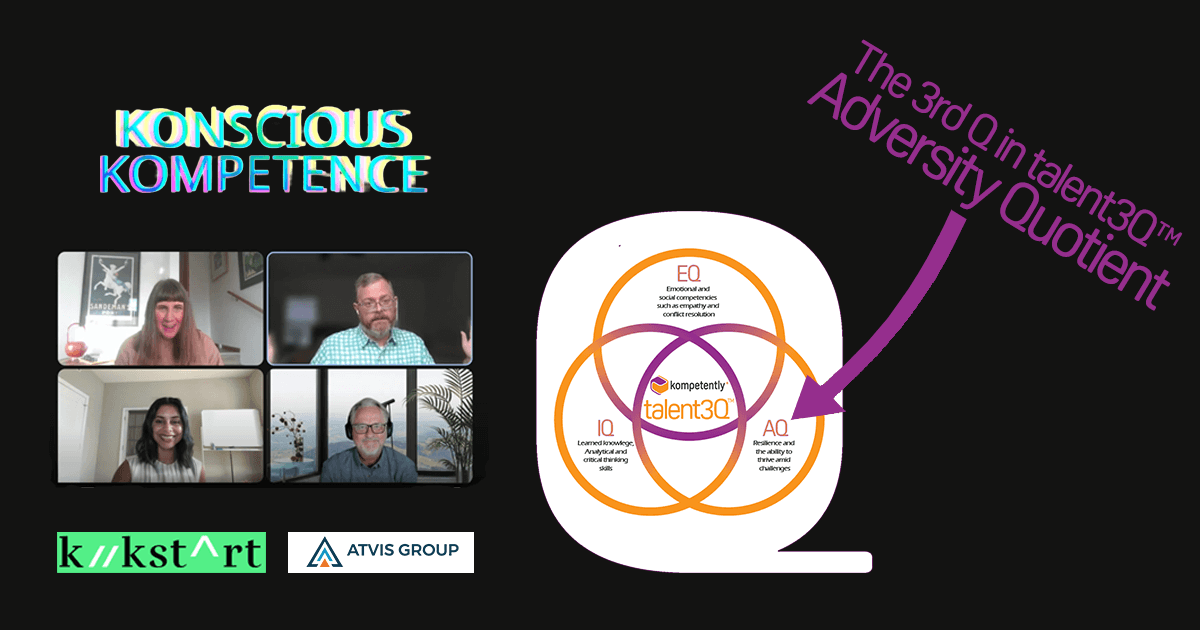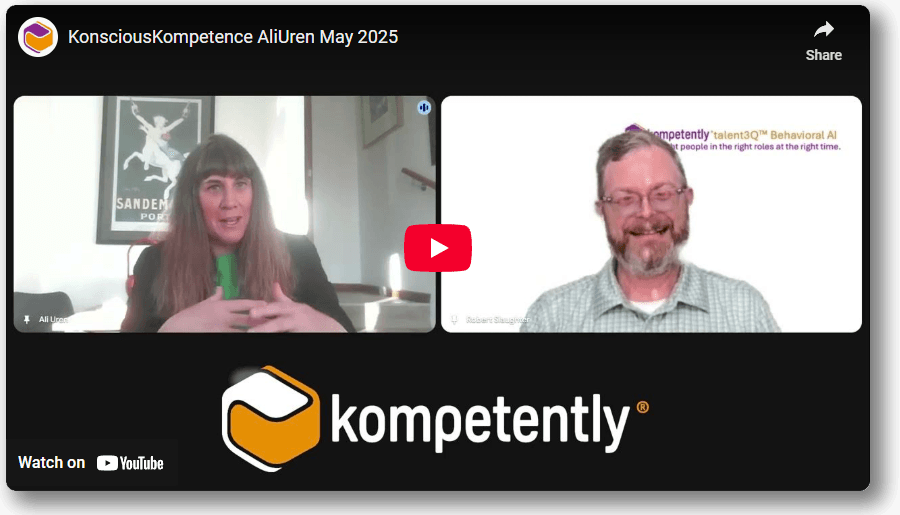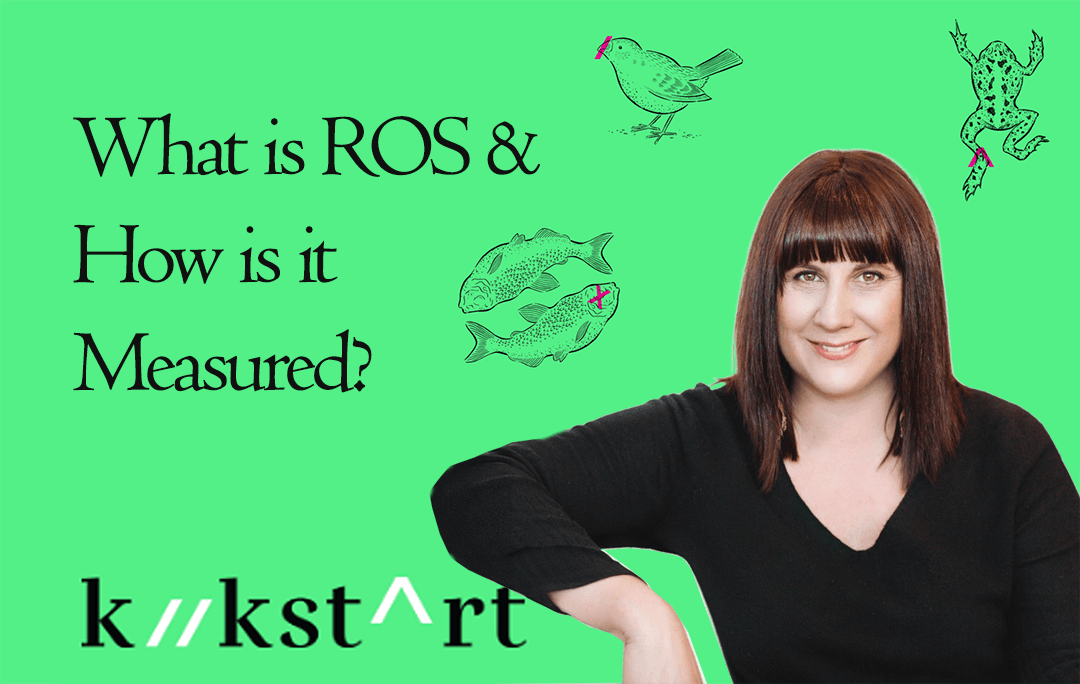From value creator to trusted advisor
If you have ever read anything about creating the ideal salesperson, you will have seen discussions on becoming a Trusted Advisor. They all make it clear that this is something to aspire to, something that can be achieved by knowing things through your business and commercial acumen and, of course, your relationship skills.
I agree 100%, but my concern is that the phrase is in danger of being turned into something the salesperson achieves instead of something the buyer bestows. To put it bluntly, I do not believe you can go on a training course and come out as a Trusted Advisor. However, you can acquire the knowledge and skills to become a Value Creator, and then, through effective execution of those skills and added experience, you can reach the position where customers consider you to be their Trusted Advisor.
Let me explain.
With the advent of the more knowledgeable buyer, the traditional feature and benefit salesperson, operating in a transactional manner, has been superseded by self-serve web-based procurement solutions. Beyond that, the solutions-oriented salesperson who added value by highlighting how their products and services solved identifiable problems, has been reduced to an RFP responder, as the buyer can do most of the solution-oriented discovery activities themselves. As has been highlighted by many a researcher into sales, if we do not do something different, then the salesperson will become obsolete.
Rather than add (or sell) value associated with our portfolio and packaged solutions, the ideal salesperson should be looking to create value, i.e. help the buyer uncover risks or opportunities associated with their current situation, as well as explore how, by working together, the risk could be mitigated or the opportunity grasped. To clarify, this is a business-oriented discussion about the buyer’s situation, preferably without talking about the seller’s company or offerings, beyond using examples that highlight the potential risk/opportunity that similar organizations have faced.
The language I use with clients is that we create value in two areas:
We help the buyer identify reasons to change from their current situation. These reasons are based on sharing insights that highlight the potential risk the buyer may face if they remain with the current service. Or the opportunities they may miss if they stay the same.
- This should be a quantifiable business conversation that, where possible, links a financial impact to the identified risk or opportunity. As a Value Creator, the salesperson is not only trying to help their champion within the client but also providing them with sufficient insights and stories to generate consensus amongst the influential stakeholders to agree to consider a change.
- Having gained consensus to change, the question is, “What do we do differently?” Again, the Value Creator shows how an alternative approach can mitigate the previously identified risk or deliver the promised outcome associated with new business opportunities.
This is not solely about specific products, it is discussing the holistic approach that will ensure the buyer achieves their desired business outcomes – it is all about the buyer, not the seller.
If correctly done, the Value Creator can take the buyer from a position of, “I am happy” to one of, “We need to change and this is what the ideal change would look like”
Then, we can start to focus on who they buy from. Because we have been at the forefront of influencing the stakeholders’ reason for the change and what they should change, we have been helping them write their future RFP document. We have not been selling – we have been advising. We have not added value through our in-depth product knowledge and comprehensive portfolio. Instead, we have created value by sharing insights and facilitating business conversations.
Now, you may be thinking, haven’t I always done this? I have used my skills to translate identified issues into addressable needs, then positioned the value of my solutions against those needs and differentiated myself as the best supplier via the value we add.
Yes, you’ve been doing that. But everything you’ve been doing has been from the seller’s perspective. You’ve been identifying problems you can solve, aligning your offerings with those solutions, and then considering how you can add value through your solution. There’s nothing wrong with this, but at no point have you truly created value.
When you start creating value with your customers, you’re on the path to becoming a Trusted Advisor. But how do you know when you’ve earned that status in your customer’s eyes? In my view, the shift occurs when your relationship changes from you reaching out to create value to the customer seeking your advice. A true Trusted Advisor relationship is when the customer calls you to ask, “Can you help me understand if my current service is the best for me to achieve my business outcomes?” They trust your advice to the point where they see you as the primary source to help them set strategy.




